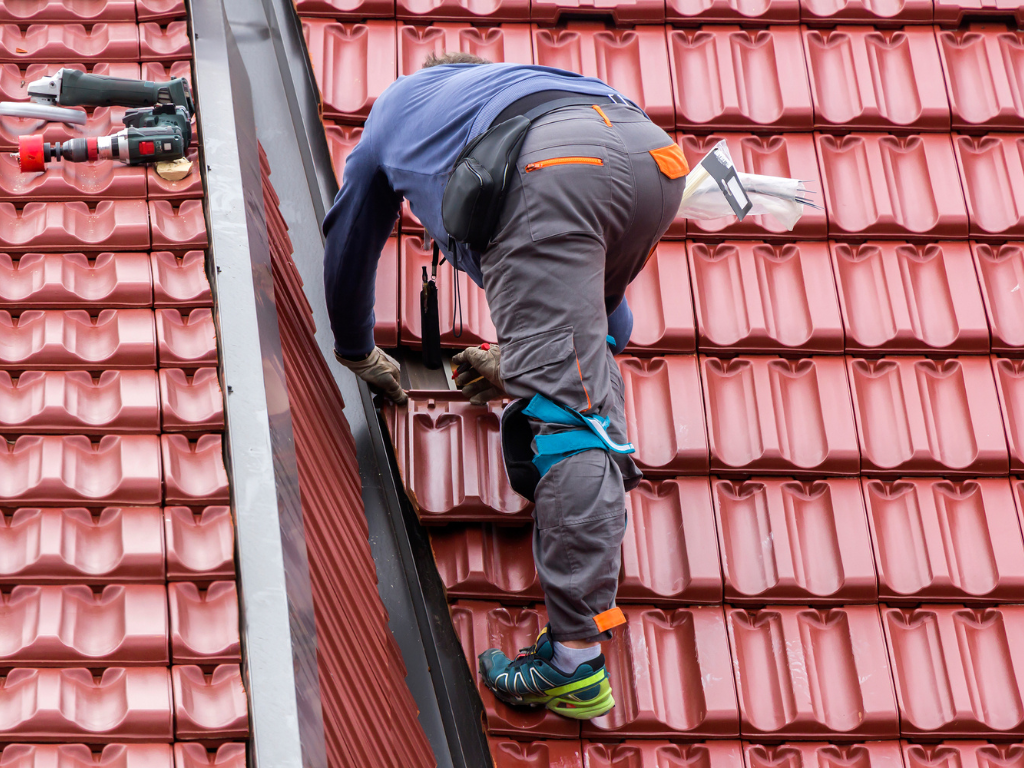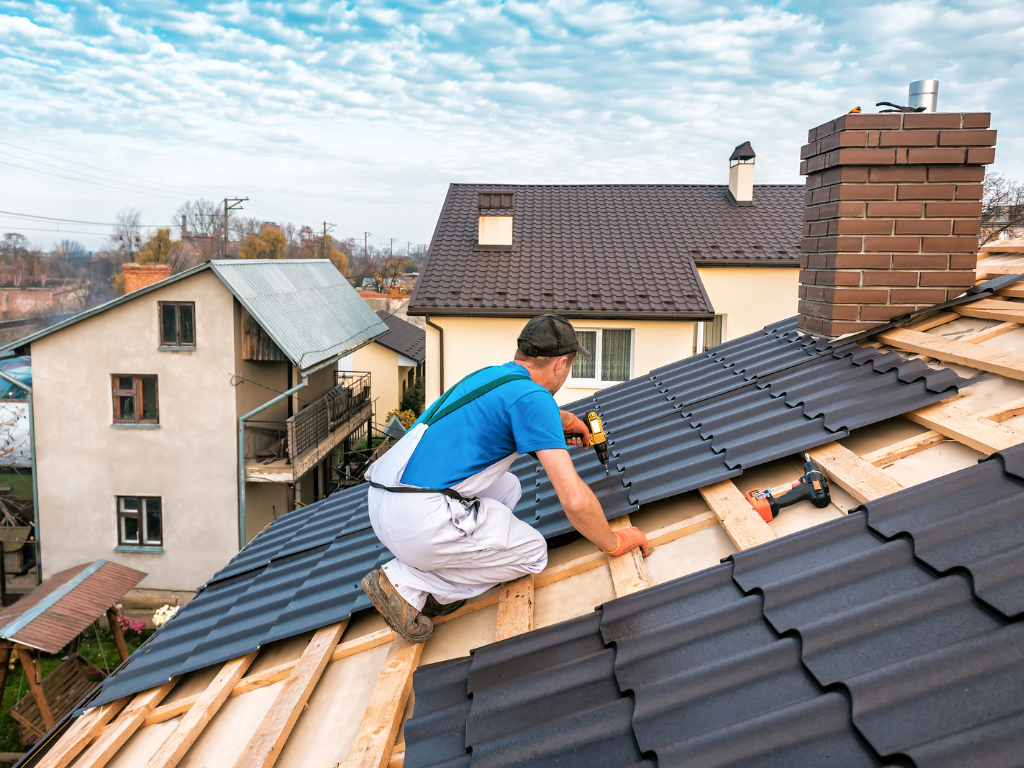Introduction
Roofing emergencies can strike at any moment, often without warning, and demand immediate attention. Whether it’s due to severe weather events, unexpected leaks, or structural damage, understanding how to effectively respond to such crises is crucial. This guide will navigate you through the initial steps to mitigate damage, how to seek reliable emergency services, and evaluate the need for quick fixes versus long-term repair solutions.
Immediate Actions for a Damaged Roof

When faced with a roofing emergency, the first priority is to mitigate further damage safely. Here’s what you can do:
- Assess the Damage: If possible and safe, visually inspect the damage from the ground or inside the attic. Look for signs like water ingress, missing shingles, or debris.
- Minimize Interior Damage: Use buckets, tarps, and other materials to collect water and prevent damage to the interior of your home.
- Contact Professionals: Immediately reach out to professional roofing services that offer emergency assistance.
Finding Reliable Emergency Roofing Services
In the midst of an emergency, finding a trustworthy contractor is paramount:
- Research: Even if time is of the essence, quickly check online reviews or ask for recommendations from trusted sources.
- Availability: Ensure the service provider is available to address your emergency promptly.
- Credentials: Verify that the contractor has the necessary licenses and insurance to perform emergency roofing work.
Quick Fixes vs. Long-Term Roof Repairs
Sometimes, a quick fix is necessary to immediately address a leak or damage, but they are not a permanent solution. Here’s how they differ:
Comparison of Quick Fixes and Long-Term Roof Repairs
| Aspect | Quick Fixes | Long-Term Repairs |
|---|---|---|
| Purpose | To provide immediate, temporary relief from a leak or damage | To permanently correct underlying issues and restore roof integrity |
| Duration | Designed to last until a professional can assess the damage | Meant to extend the roof’s life for many years |
| Cost | Generally less expensive in the short term | More costly upfront, but more cost-effective over time |
| Materials | Often simple, off-the-shelf materials | High-quality, durable materials tailored to the specific roof |
| Time to Implement | Can be applied quickly, often a DIY solution | Requires professional assessment, planning, and execution |
| Impact | Minimal impact on overall roof structure | May improve home value, energy efficiency, and aesthetic appeal |
When evaluating the need for a quick fix or a long-term roof repair, consider:
- Severity of Damage: Minor damage might only need a quick fix, while significant issues may require comprehensive repairs.
- Weather Conditions: In some cases, weather may not permit immediate long-term repairs, necessitating a temporary solution.
- Professional Assessment: A roofer can provide a detailed inspection to determine the most appropriate course of action.
Options for Long-Term Repairs After Emergency Fixes
Once the immediate threat to your home has been addressed with a quick fix, it’s essential to start planning for a long-term repair to ensure the integrity of your roof. Long-term repairs should be thorough, addressing not only the visible damage but also any underlying issues that could cause future problems.
- Roof Inspection: A detailed inspection by a qualified roofer will identify all areas of concern. This is crucial to formulating a comprehensive repair plan.
- Repair Planning: Based on the inspection, a plan should be developed that outlines all necessary repairs, materials, timeline, and costs involved.
- Professional Execution: Long-term repairs should be carried out by professional roofing contractors who can guarantee the quality and longevity of their work.
Roofing Emergency Preparedness Plan
Being prepared for a roofing emergency can significantly reduce the stress and potential damage when an unexpected situation arises. Here’s how to develop an emergency preparedness plan:
- Regular Inspections: Schedule bi-annual inspections to catch potential issues before they become emergencies.
- Maintenance Program: Implement a regular maintenance program that includes cleaning gutters, removing overhanging branches, and checking for signs of wear.
- Emergency Contact List: Keep a list of emergency contact numbers, including reputable roofing contractors, insurance agents, and local emergency services.
- Financial Planning: Set aside a budget or explore insurance options that cover roofing emergencies, so you’re financially prepared for unexpected repairs.
Final Call to Action
If you’re currently dealing with a roofing emergency or want to better prepare for one, reach out to local roofing experts. Professional roofers can provide emergency services, conduct thorough inspections, and help you create a solid plan for maintaining your roof’s integrity.
Don’t wait for the next storm to test the limits of your roof—schedule an inspection today and gain the peace of mind that comes from having a secure, well-maintained roof over your head.








